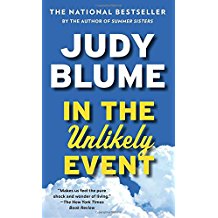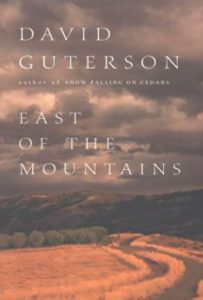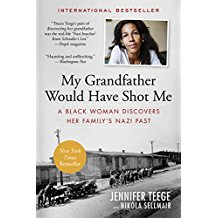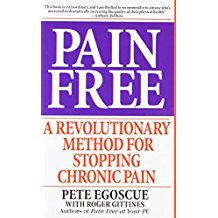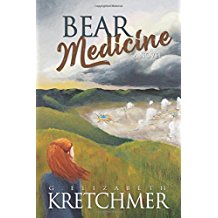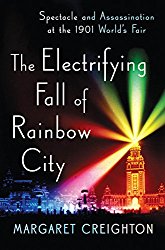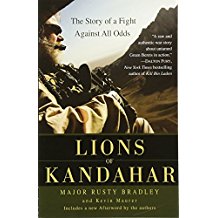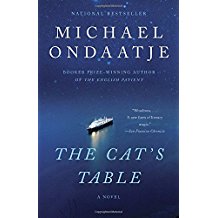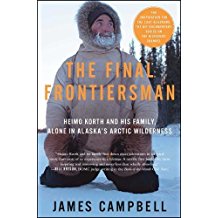 When Heimo Korth set out from Wisconsin to Alaska in 1974, he knew life in the Arctic would be hard, but he was tough. In his twenties, he loved the wilderness and didn’t mind being alone.
When Heimo Korth set out from Wisconsin to Alaska in 1974, he knew life in the Arctic would be hard, but he was tough. In his twenties, he loved the wilderness and didn’t mind being alone.
James Campbell captures the heart and soul of Alaska’s twentieth century mountainmen in The Final Frontiersman. Spending his early years alone, Heimo Korth carves out a life as a trapper, hunter and fisherman, sometimes barely eking out a living. As the seasons change, Heimo moves from one hard-scrabble place to another, building a rough cabin for mere survival, then adapting to his surroundings in whatever way the land allows. Vast distances are hard to imagine, but there are years when Heimo’s nearest neighbor is 100 miles downriver with no road between them.
The Final Frontiersman begins with the author’s visit with Heimo Korth’s family–his wife, Edna, an Alaska native, and their two daughters, Rhonda, fifteen, and Krin, twelve. The book goes back in time occasionally to capture Heimo’s early years in the Arctic, but steadily traverses the nearly three decades of the family’s existence in this harsh wilderness. Over the years, the author visits the family from time to time, blending in with the Korth’s activities. Heimo is a good story teller and his stories are substantiated by others: natives, wilderness men like him, or even government men who have known him.
I was taken by the graphic details of mere survival in Alaska’s harsh wilderness. The toughness and survival skills of these people are impressive—whether it be sledding at 44 degrees below zero, navigating breaking ice, or constantly being on the lookout for grizzlies. Not only did Heimo manage traplines, his fifteen year-old daughter worked her own traplines! Even children carry knives and matches when they travel, and in one scene, Heimo’s youngest child saves his life by her ability to start a fire in the wilderness to warm her father after their canoe overturns and he’s rescued its contents.
This book is a classic story of survival and human endurance in a vanishing way of life. It redefines the idea of wilderness itself. I highly recommend The Final Frontiersman.


